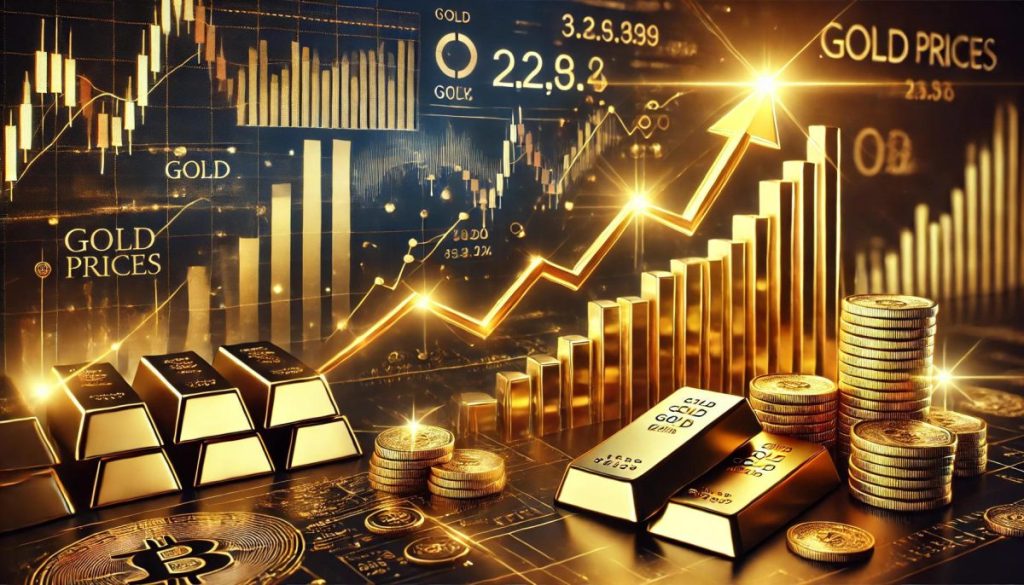
Lagos — Despite yesterday’s rebound, gold continues to show clear signs of short-term weakness. The precious metal is now trading steadily below $3,300/oz as key drivers in recent weeks — including trade tensions and inflationary pressure — have simultaneously shown signs of easing. The strong upward momentum that previously supported gold appears to be losing steam for now, as markets reassess global risk expectations and the likely path of future monetary policy.
The spotlight last week was on unexpected progress in the U.S.–China trade front. After months of escalating tensions marked by successive rounds of tariffs and retaliatory measures, the world’s two largest economies surprisingly resumed dialogue and achieved some constructive steps forward.
Specifically, Washington agreed to temporarily reduce import tariffs on Chinese goods from a steep 145% down to 30% for a 90-day period. In return, Beijing pledged to lower tariffs on American goods from 125% to 10%. These moves are largely symbolic but signal a willingness from both sides to de-escalate, and they may pave the way for a more sustainable negotiation framework in the future.
For gold — which typically benefits from policy risk and trade instability — these positive developments have a short-term bearish implication. Easing tariffs improve supply chain outlooks, restore corporate confidence, and reduce the appeal of safe-haven assets like gold. As a result, gold’s upward momentum has quickly stalled, making room for technical pullbacks after the prior surge.
Alongside trade developments, another key factor exerting downward pressure on gold is softer-than-expected inflation data from the U.S.
Specifically, April’s Consumer Price Index (CPI) YoY was reported at 2.3%, below the expected 2.4%, while Core CPI MoM rose only 0.2%, underperforming the forecast of 0.3%. These figures suggest that price pressures are continuing to ease, strengthening the case for the Federal Reserve to begin cutting interest rates in the second half of 2025.
However, for gold, a low-inflation environment combined with more stable policy expectations has somewhat dampened its appeal as a hedge against currency debasement. With inflation no longer being the dominant concern, investors are likely to adopt a more cautious stance toward gold, at least until new risk catalysts emerge.
In summary, the factors that had previously fueled gold’s strong rally are temporarily retreating. If the current positive momentum continues — including de-escalating trade tensions, inflation trending toward the Fed’s 2% target, and a clearer outlook for rate cuts — gold may remain under pressure or enter a period of sideways consolidation in the short term. Conversely, should uncertainties re-emerge, gold is well-positioned to regain upward momentum as a premier safe-haven asset.
*Linh Tran, Market Analyst at XS.com


